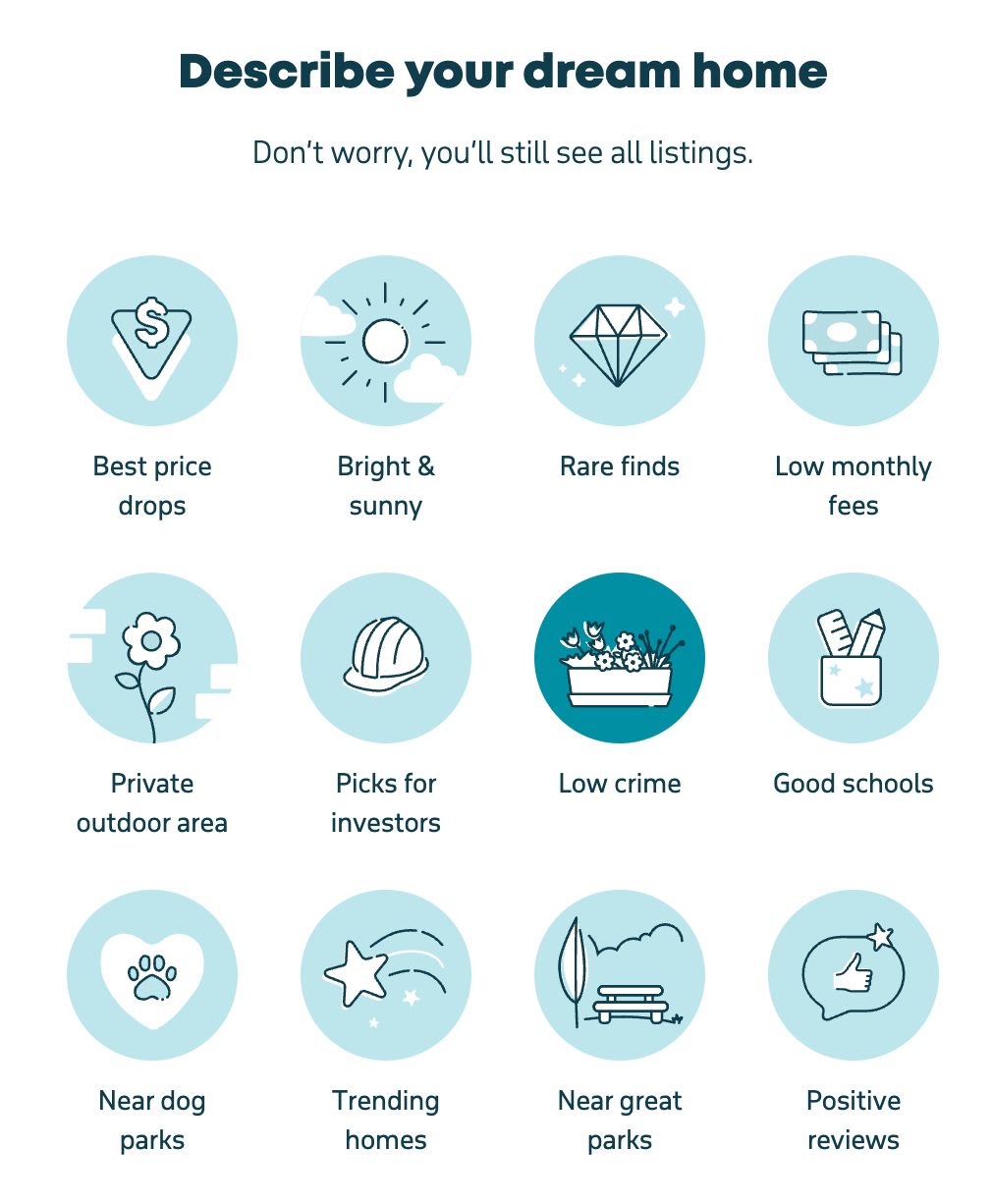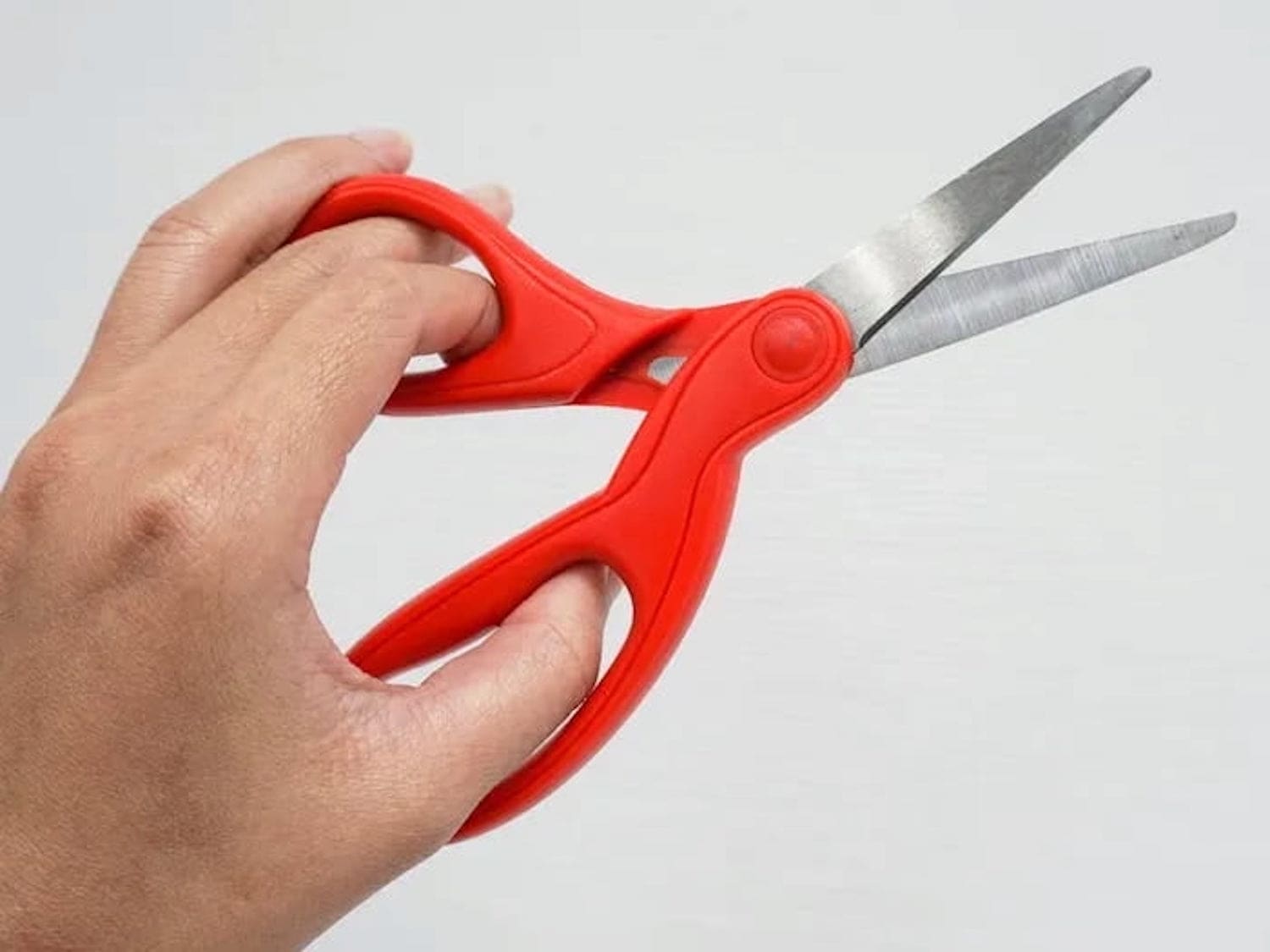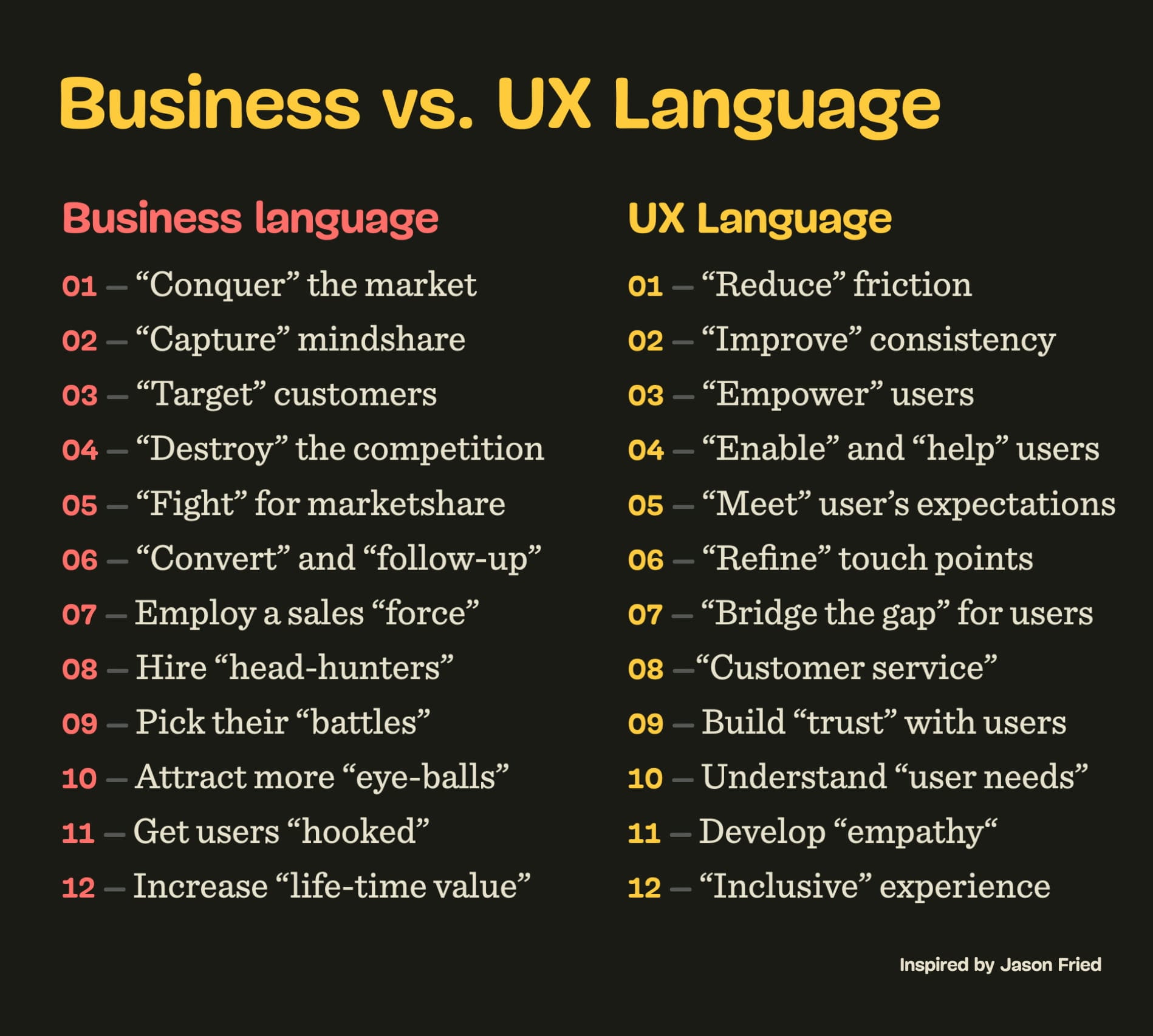How To Become A Senior Designer
An honest guide on how to grow into the role of a senior designer, growth strategies, and how to succeed in any organization. The only limits for tomorrow are the doubts we have today.
Many years ago, I assumed that simply by doing good design work, my efforts would be noticed, my work recognized, my attention to detail appreciated — and then surely I would get noticed, resulting in some sort of a promotion, or new projects, or more impactful work.
What I didn't realize is that career growth doesn't happen automatically by simply doing more good work. As Yutong Xue writes in her honest, sincere, and practical guide, "How To Become A Senior Designer", growth must be intentional.

To grow in your career, you must be proactive and take your growth into your hands. Image source: Yutong Xue.
According to Yutong, growth must be goal-oriented. Of course, we must be reliable and accountable in our work, but we also must be proactive — and I can't emphasize enough just how important that is.
In fact, some of the most ambitious projects I've worked with came through a fine combination of visibility, networking and proactive work. The latter doesn't mean being a loud voice in the room, but finding where you can make a tangible difference.
Beyond the Obvious: Finding Blind Spots #
To me, being proactive means knowing what's stopping you from success and working on that. It also means taking the time to think about what slows down the team, the unit, the company, and what opportunities aren't explored yet.
Eventually, it will mean engaging proactively with stakeholders, sales, customer success, product managers on other teams, and understanding how exactly the business works and where opportunities for improvement are.

It's incredibly useful to step out and zoom out from your scope of work and explore if your project is even meaningful at scale. It also means raising a red flag once you spot it. Image source: Yutong Xue.
Almost every company has blind spots. These are neglected areas that aren't really on an agenda but have tremendous potential to drive success or reduce frustrations. And I'm not talking about AI or automation, but rather things that are often forgotten but are remarkably impactful:
- Poor quality search, without ownership (often #1 complaint)
- Messy categorization of data records
- Broken workarounds people use to get work done
- Tons of duplication and messy documentation
- Redundant entry in many different places
- Poorly selected defaults and presets
- Confusing labels, hints and notifications
- Poor, generic and unhelpful error messages
Now, these features are surely not as exciting as AI features are, but they are usually the ones that people — sooner or later — have to rely on. And for me, focusing on that — the true fundamentals of good UX and accessibility — has made it possible to jump from smaller projects to bigger projects.
It's surely not going to work for everyone, but I wish I'd known earlier that instead of chasing the big, shiny, trendy project, I should shift my focus towards blind spots. Those little and big things that many companies don't have on their agenda at all — until you come in and bring them into the spotlight.
A wonderful reminder by Yutong Xue, and a highly recommended read if you're looking for a very honest guide to grow as a designer.
Useful Books #
- The User Experience Team Of One, by Leah Buley, Joe Natoli
- The Making of a Manager: What to Do When Everyone Looks to You, by Julie Zhuo
- The Path To Senior Product Designer, by Artiom Dashinsky
- The Path To Staff Product Designer, by Artiom Dashinsky



